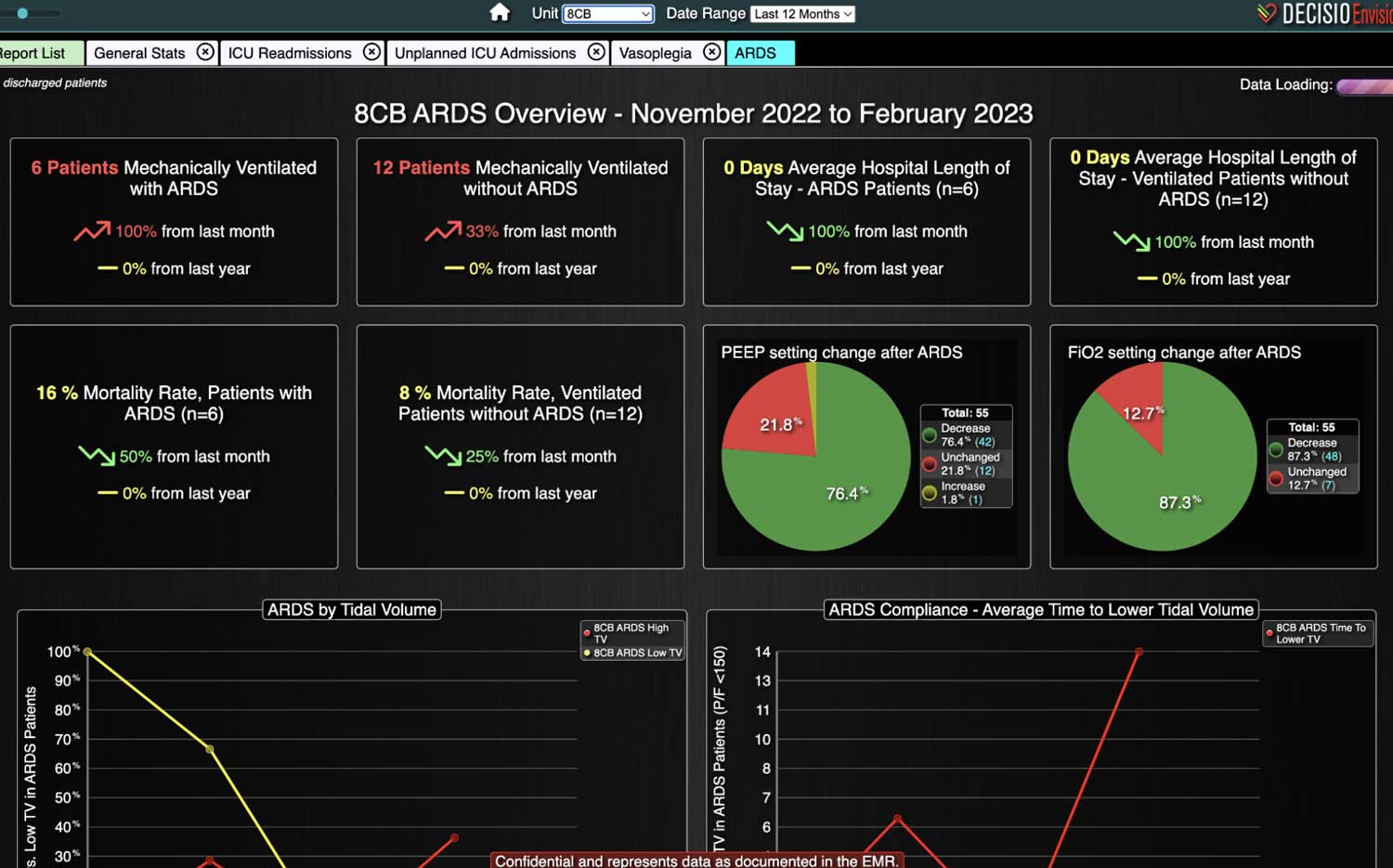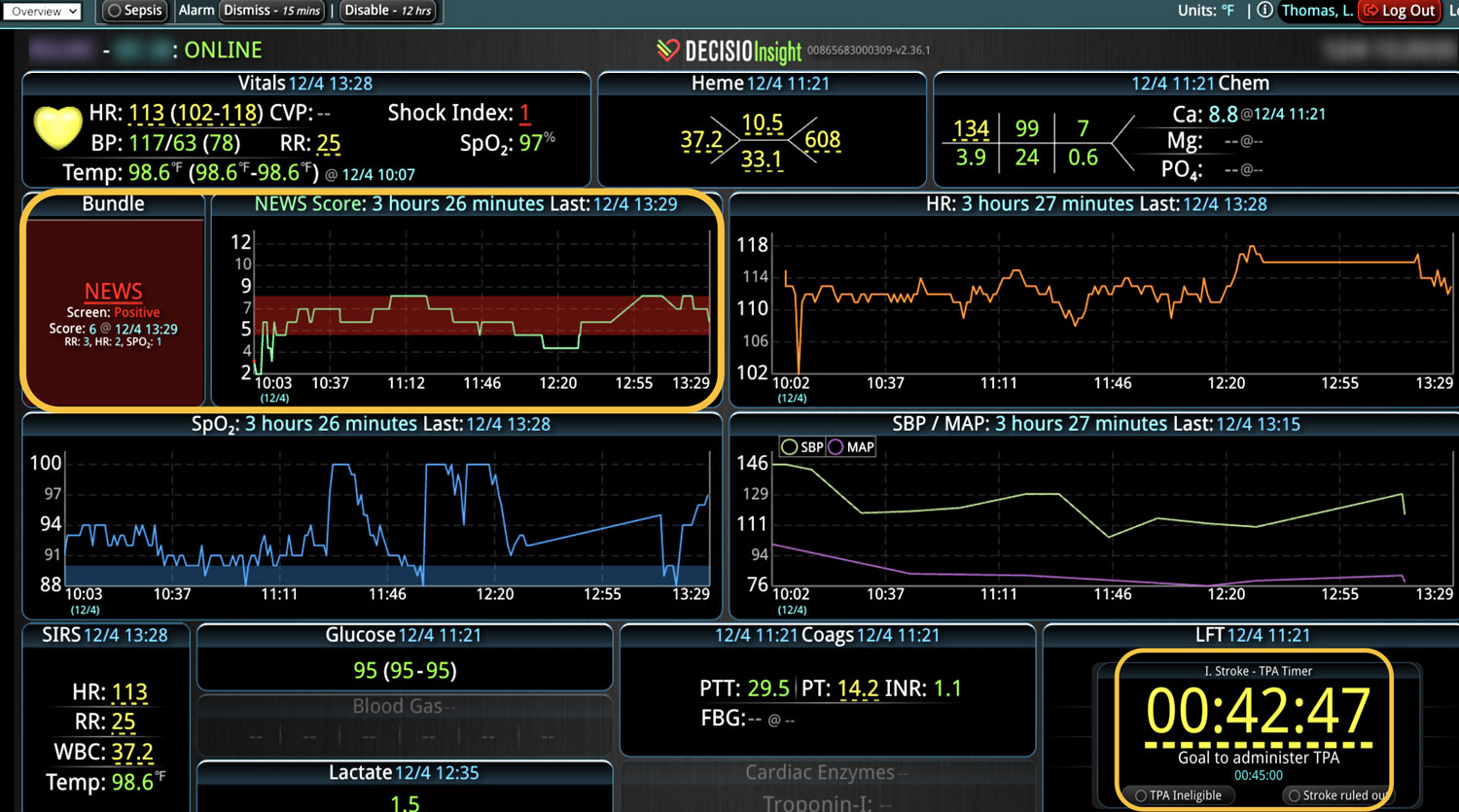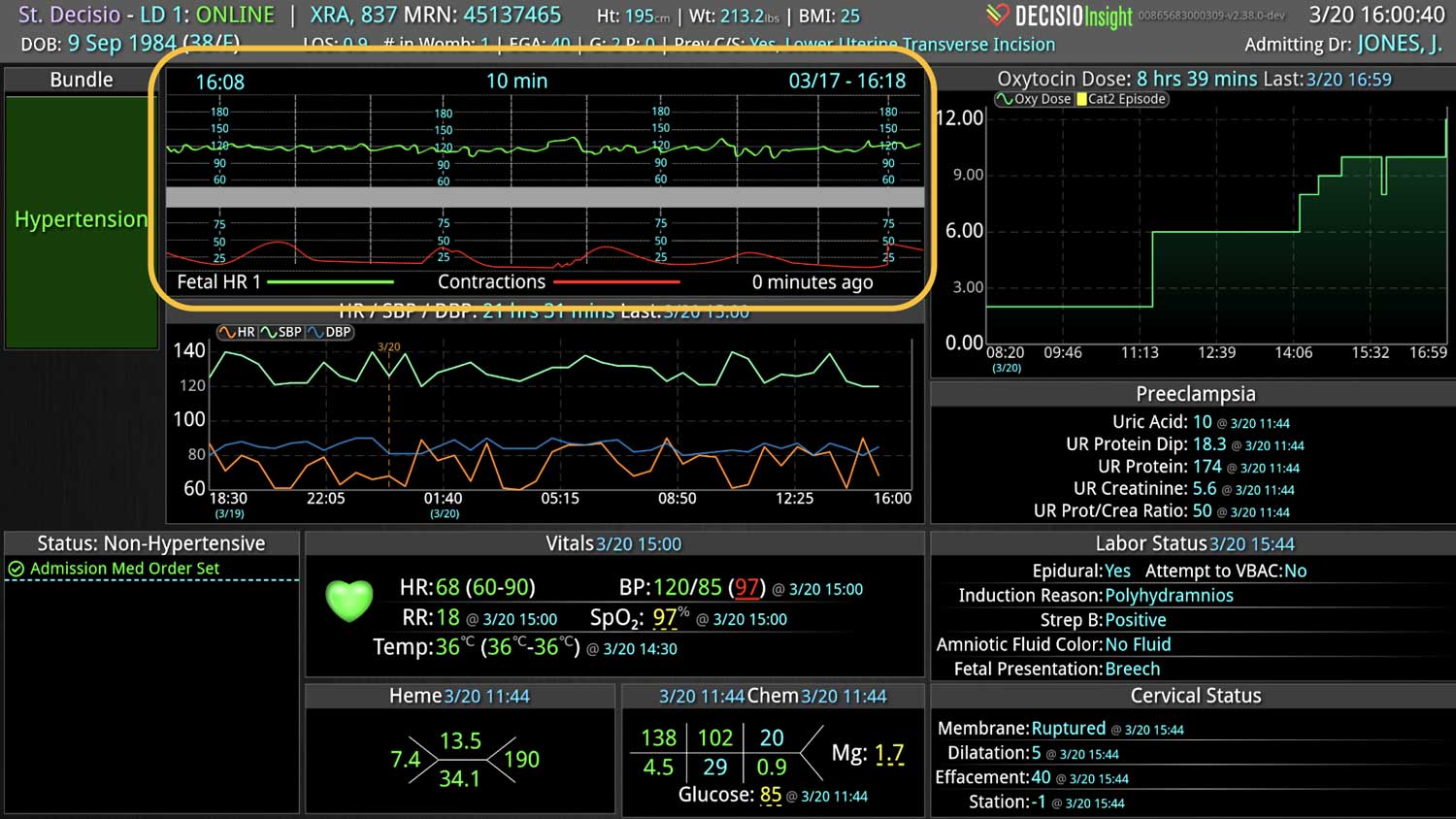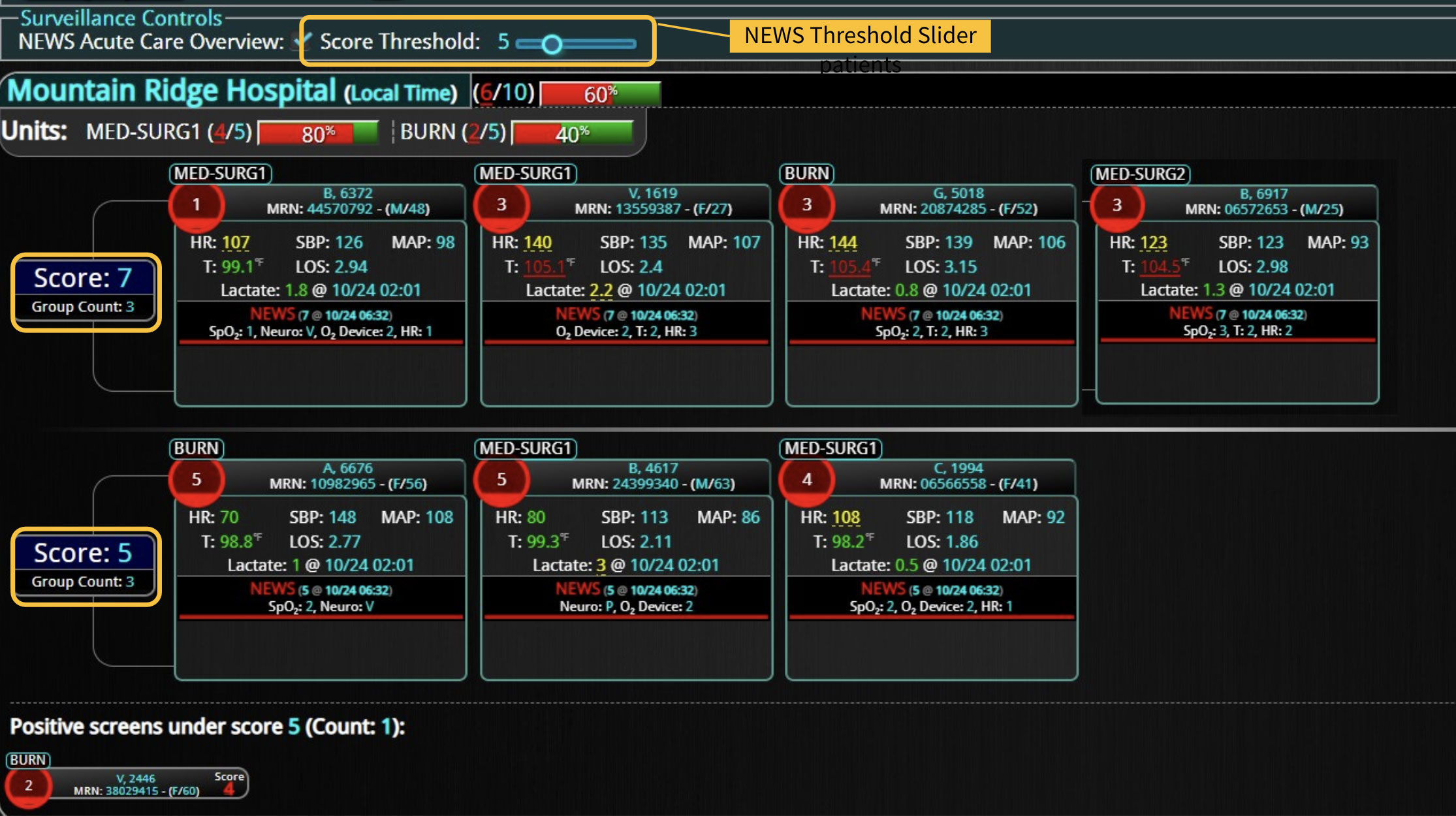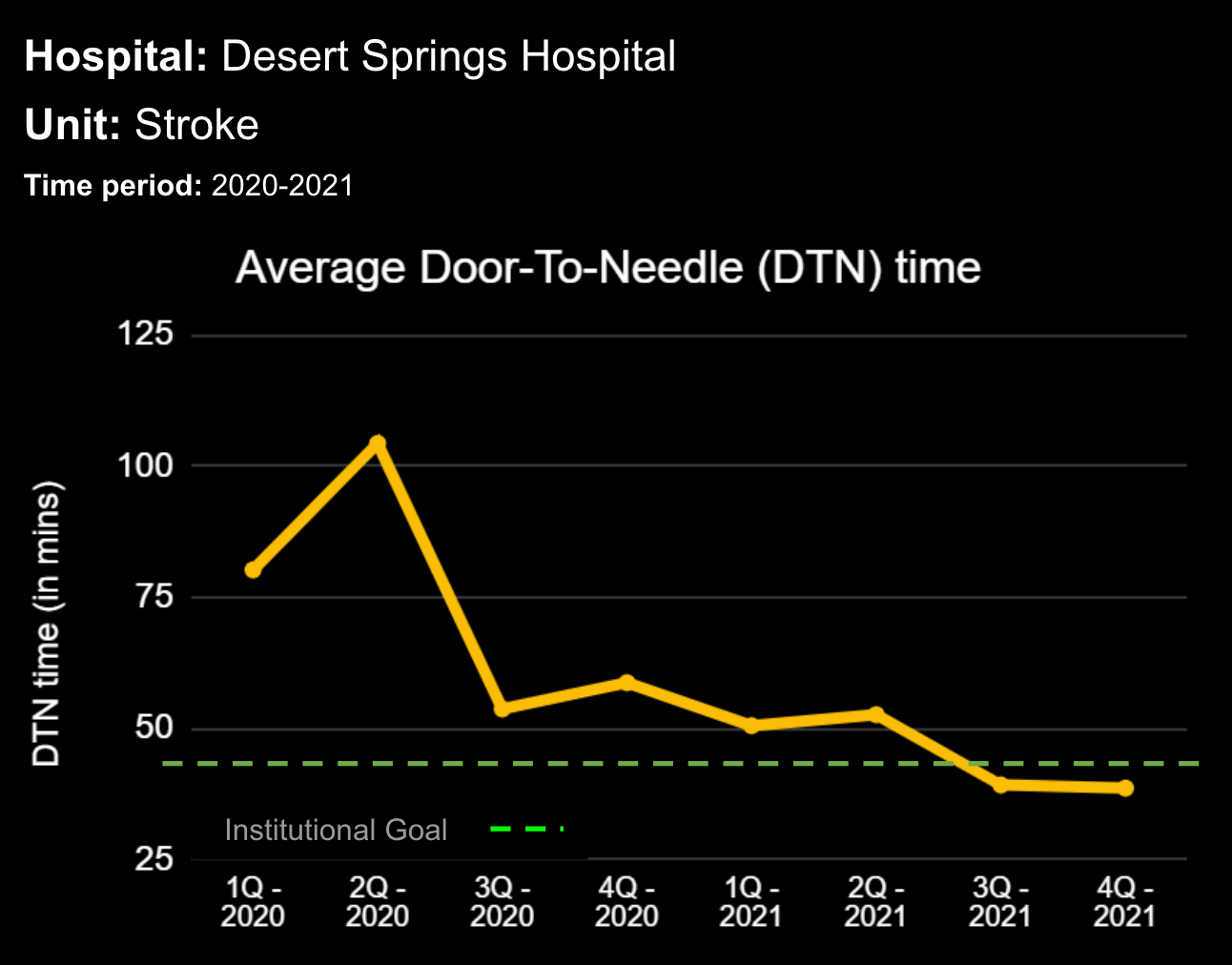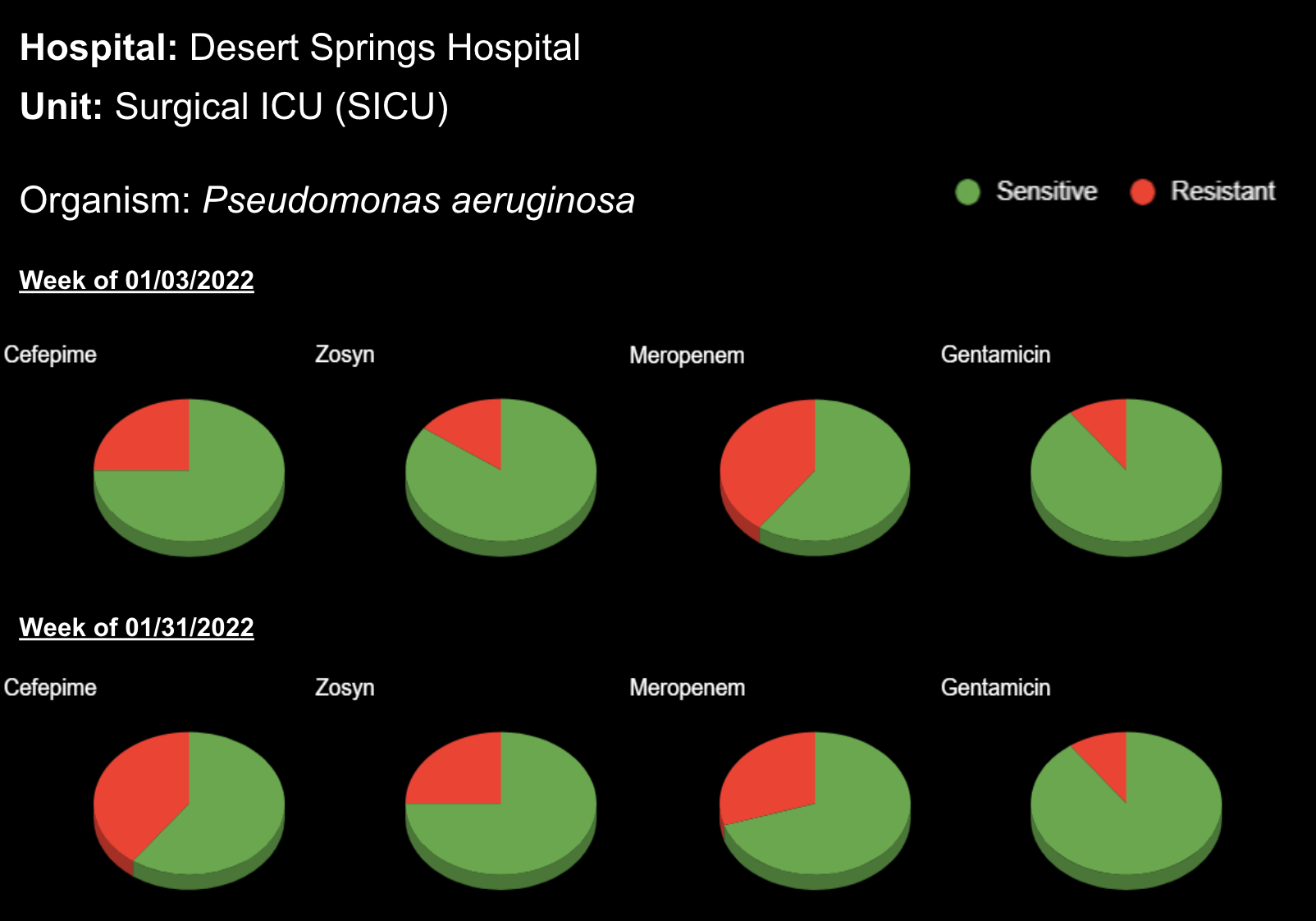
29 May Reducing the Economic and Clinical Burden of CAUTIs: The Role of Virtual Nursing and Advanced Technological Tools

Reducing the Economic and Clinical Burden of CAUTIs: The Role of Virtual Nursing and Advanced Technological Tools
Catheter-associated urinary tract infections (CAUTIs) significantly strain hospital finances, incurring direct treatment costs and broader economic implications. The Agency for Healthcare Research and Quality (AHRQ) reports that each CAUTI case costs around $13,793 due to extended hospital stays and additional treatments.1 HealthLeaders Media adds that CAUTIs nationally cost about $1.7 billion, underscoring the economic incentive for hospitals to enhance infection control and monitoring to reduce these expenses.3 The substantial cost associated with CAUTIs highlights the broader economic incentives for hospitals to invest in infection control protocols and monitoring practices to reduce the incidence of these costly infections.
Clinically, CAUTIs pose serious challenges, increasing patient morbidity and complicating treatment. UroToday notes that these infections heighten risks of severe complications like bacteremia and sepsis.4 Research in the Journal of Antimicrobial Stewardship and Healthcare Epidemiology shows CAUTIs often have higher antibiotic resistance, further complicating treatment and extending hospital stays by 2-4 days, straining resources and emphasizing the need for strict infection control.2,5
Addressing CAUTIs requires a multidisciplinary approach, emphasizing the elimination of unnecessary catheters and timely removal protocols led by nurses, as highlighted by the Agency for Healthcare Research and Quality and the American Nurses Association.6,7 Additionally, comprehensive nurse-driven catheter management practices ensure proper maintenance and care for those patients who require catheterization, addressing hygiene and monitoring to prevent CAUTIs effectively, reducing infection risks and improving hospital outcomes.8
Virtual nursing holds significant potential to positively impact the management and prevention of catheter-associated urinary tract infections (CAUTIs) in hospitals. As the daily burden on bedside nurses continues to escalate, virtual nursing can alleviate some of this pressure by remotely monitoring adherence to catheter care and nurse-driven catheter removal protocols. According to a perspective shared on PSNet, virtual nursing can play a crucial role in supporting bedside nurses by ensuring that catheter care guidelines are consistently applied, thereby improving CAUTI prevention efforts.
Discover how our innovative solutions are transforming patient care and driving significant cost savings for our clients.
This detailed report provides an in-depth analysis of the ROI hospitals have achieved through the implementation of our advanced patient monitoring systems. Learn about the evolution and impact of Rapid Response Teams, enhanced by our cutting-edge technology, to reduce ICU admissions, improve patient outcomes, and streamline emergency responses.
Request access to the report to explore the data, success stories, and proven strategies that can elevate your hospital’s performance and patient care standards.
Further aiding in the management of CAUTIs, tools like DECISIO Insight provide critical assistance by identifying patients who are eligible for catheter removal or who may have been overlooked in recent catheter care checks. This technology ensures that protocols are followed meticulously, reducing the workload on clinical staff and enhancing the overall quality of care.
Additionally, leveraging Clinical Decision Support (CDS) technologies not only improves the quality of patient care but also enhances work satisfaction among clinicians. By reducing the cognitive and physical demands on healthcare workers, these technologies can decrease staff turnover and burnout. This not only improves clinical outcomes but also enhances financial outcomes for hospitals by reducing the incidence of costly infections like CAUTIs. Overall, the integration of virtual nursing and advanced technological tools into hospital practices offers a multifaceted approach to better manage CAUTIs, ultimately leading to improved patient care and hospital efficiency.
1https://www.ahrq.gov/hai/pfp/haccost2017-results.html
3https://www.healthleadersmedia.com/clinical-care/how-much-does-cauti-cost
4https://www.urotoday.com/urinary-catheters-home/indwelling-catheters/complications/problems.html
8https://www.cdc.gov/infectioncontrol/guidelines/cauti/index.html
Learn more About How we help clinicians improve patient outcomes
Schedule a call with our team to discuss how we are helping our clients revolutionize how clinicians manage patient interventions.








